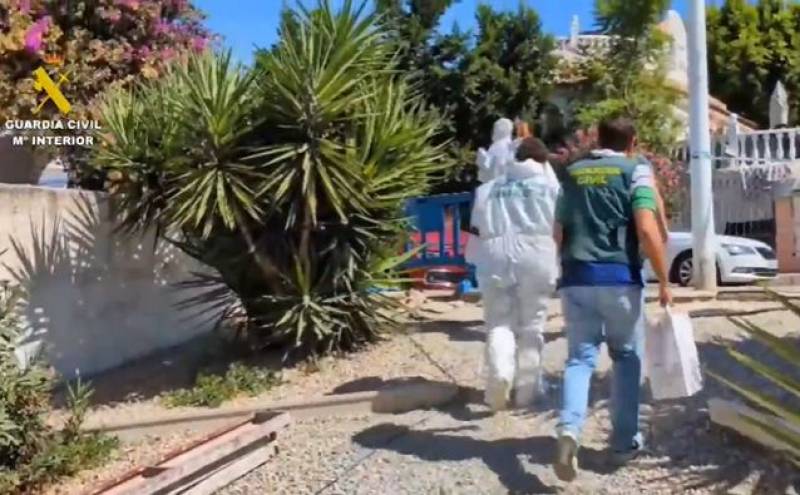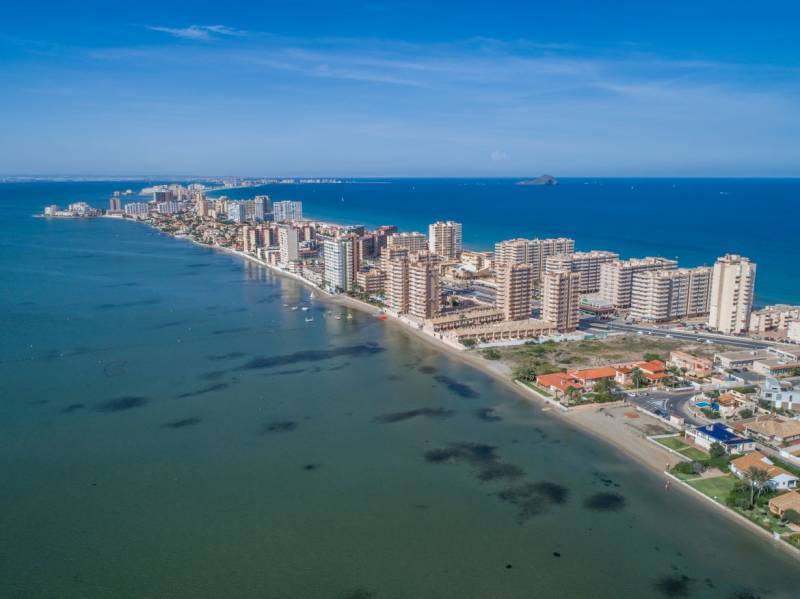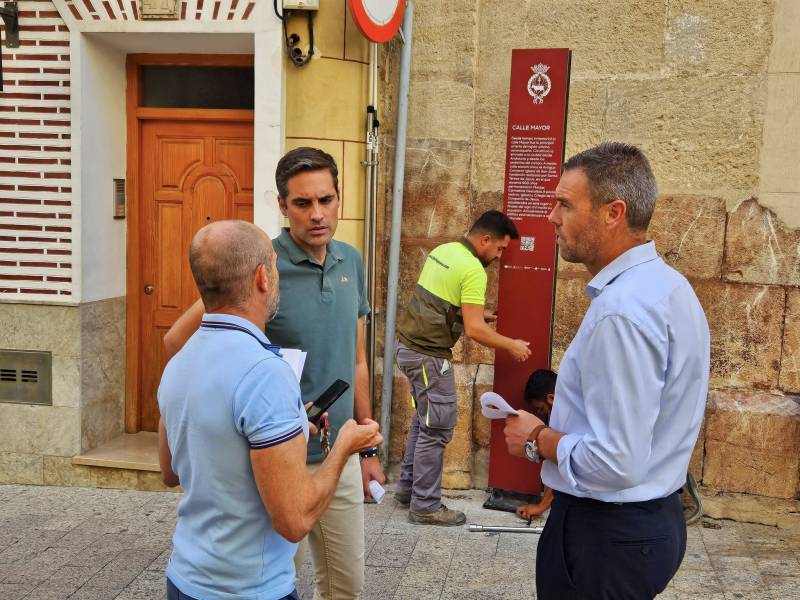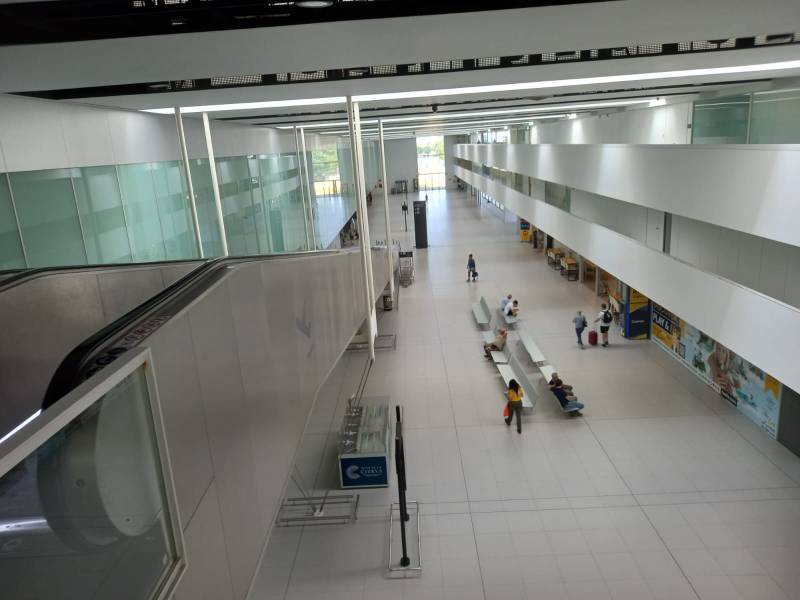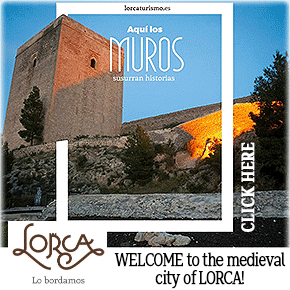
To be listed on the CAMPOSOL TODAY MAP please call +34 968 018 268.
article_detail
Date Published: 23/01/2025
Loss of trees in Murcia towns causing dangerous 'urban heat islands'
Murcia’s cities and towns have ever fewer trees, removing shaded areas and increasing the overall temperatures in summer
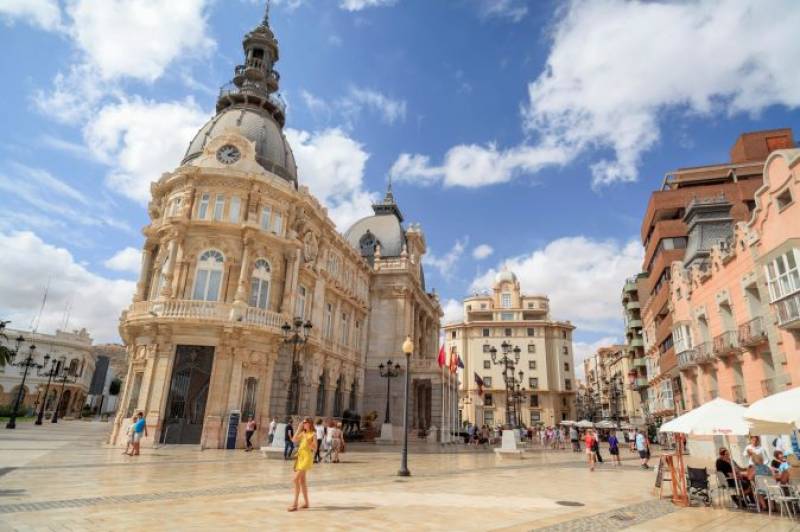 A report from the University of Murcia (UMU) has sounded the alarm over the loss of trees in large cities and urban areas across the Region of Murcia, which is linked to the rise of urban heat islands (UHIs). The study highlights how a lack of vegetation, combined with climate change, is intensifying heat in urban areas, particularly in the capital and other major cities.
A report from the University of Murcia (UMU) has sounded the alarm over the loss of trees in large cities and urban areas across the Region of Murcia, which is linked to the rise of urban heat islands (UHIs). The study highlights how a lack of vegetation, combined with climate change, is intensifying heat in urban areas, particularly in the capital and other major cities.Urban heat islands: A growing concern
Professor Carmelo Conesa, coordinator of the Region of Murcia 2024 Climate Risk Report, explains that UHIs occur when urban areas trap heat, leading to higher nighttime temperatures compared to nearby rural areas.
This effect, worsened by asphalt, building materials, vehicle emissions and air conditioning, is especially problematic in densely built-up areas such as Murcia’s Plaza Circular.
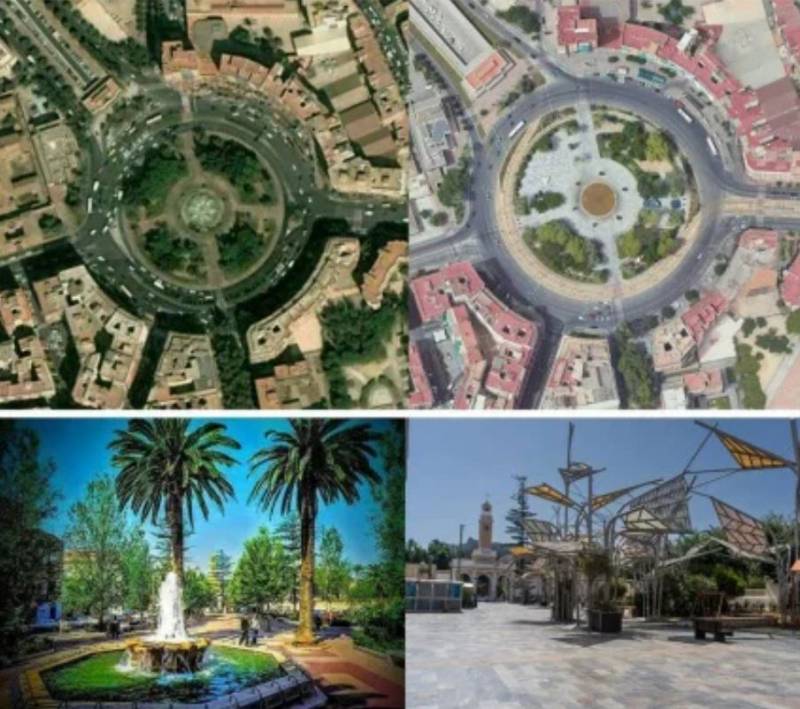
Top: Plaza Circular in Murcia in 2004 and 2022. Bottom: Plaza del Rey in Cartagena in the 1980s and in 2020.
Conesa notes that Murcia’s urban areas are up to 1.5°C warmer than their surroundings, with insufficient green spaces exacerbating the issue. Recent projects like the removal of trees in key streets and squares across the region have worsened the problem, prioritising ‘hard squares’ over shaded, natural environments.
The report criticises local authorities for missed opportunities to expand green spaces and calls for immediate measures to adapt cities to rising temperatures. Proposed solutions include planting more trees along pavements, playgrounds, sports fields and squares, as well as installing shade structures, cool roofs and rooftop gardens.
Conesa argues that coordinated efforts between local, regional and national authorities are essential to mitigate the risks of global warming in urban environments.
What municipalities are doing
In response to this problem, Murcia City Council has implemented its Foresta Plan, aiming to double the city’s forest mass with over 100 tree-planting initiatives involving local schools and communities. Cartagena’s council plans to replace at least 300 trees annually and is collaborating with the Polytechnic University of Cartagena to improve urban shading.
In Lorca, efforts include developing a new green area in the historic centre, planting trees in designated spaces and introducing vertical gardens and seasonal awnings. Other municipalities, like Molina de Segura, are adding shaded areas and reforesting parks to combat urban heat.
While some progress is being made, the UMU report underscores that the Region’s cities must accelerate their efforts to create greener, cooler and more sustainable urban spaces as the consequences of inaction will be increasingly severe for public health and liveability in Murcia’s urban areas.
Image 1: Archive
Image 2: GoogleEarth Pro and todocolección.net | UMU
Loading
See more environmental news about Spain:
OR
Sign up for the Spanish News Today Editors Roundup Weekly Bulletin to get a comprehensive email with all the week’s news for Spain, Murcia, Alicante and Andalucía.
Get a sneak peek – here are a few of our recent Subscription Bulletins:
Discount Special Offer subscription:
36.95€ for 48 Editor’s Weekly News Roundup bulletins!
Please CLICK THE BUTTON to subscribe.
Contact Murcia Today: Editorial 000 000 000 /
Office 000 000 000












